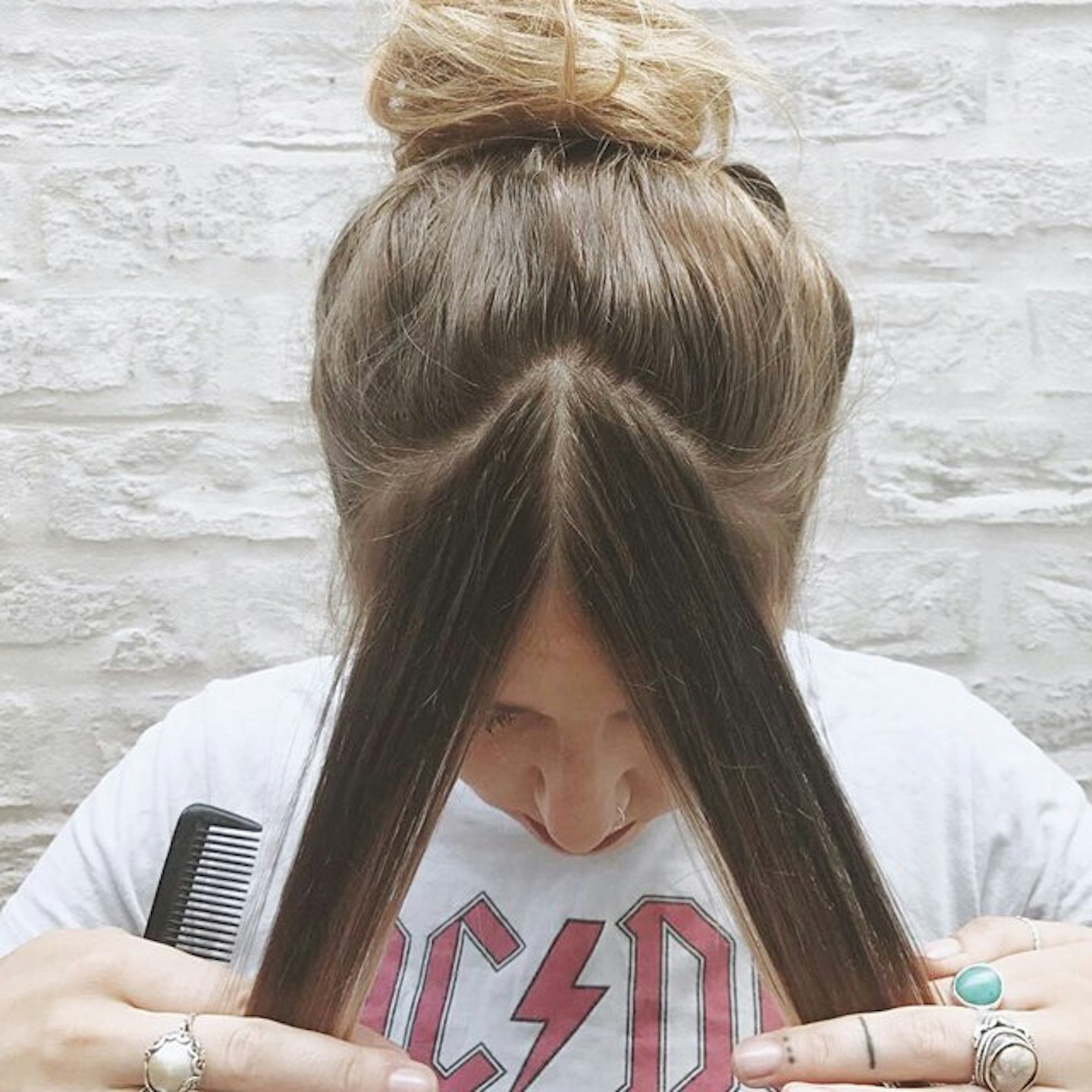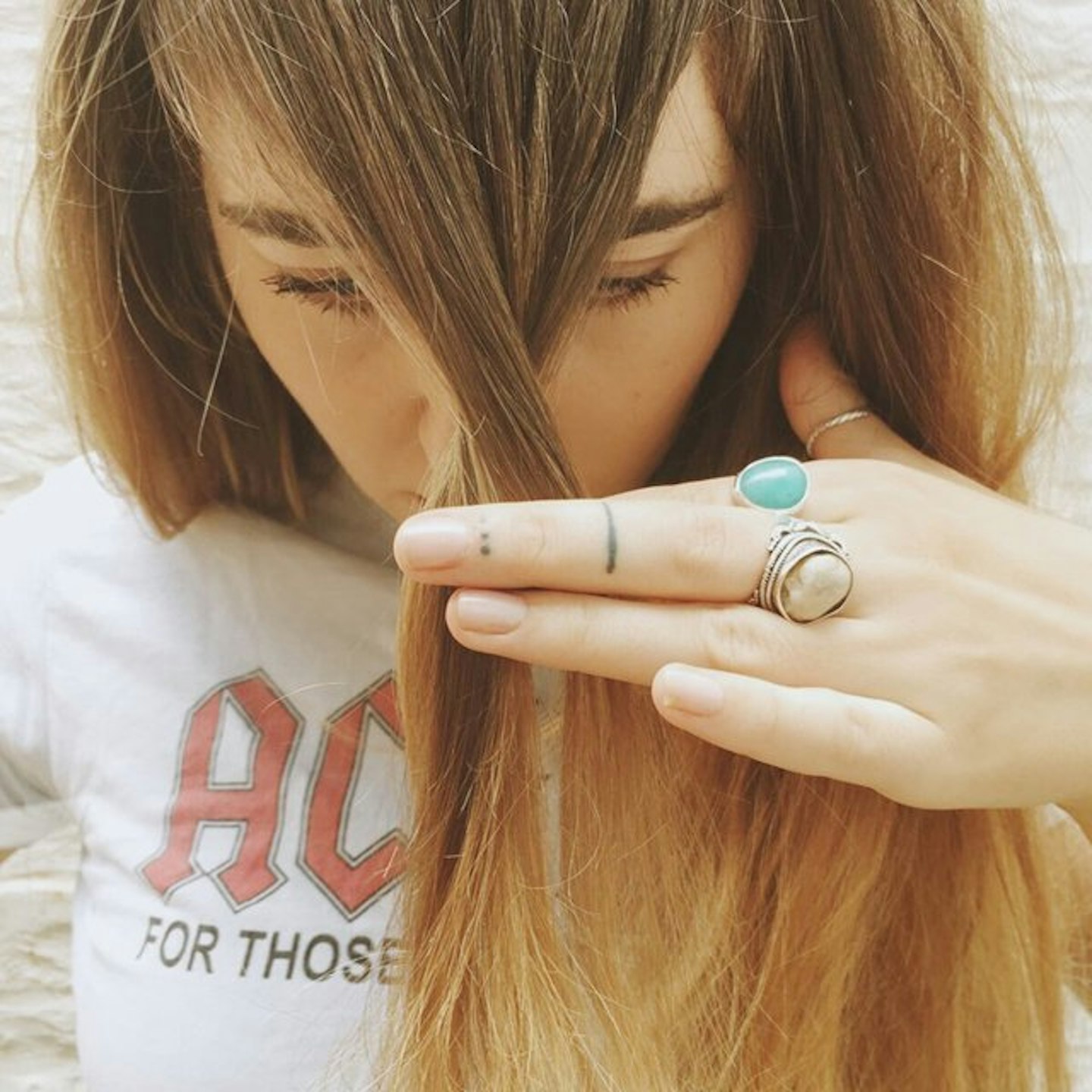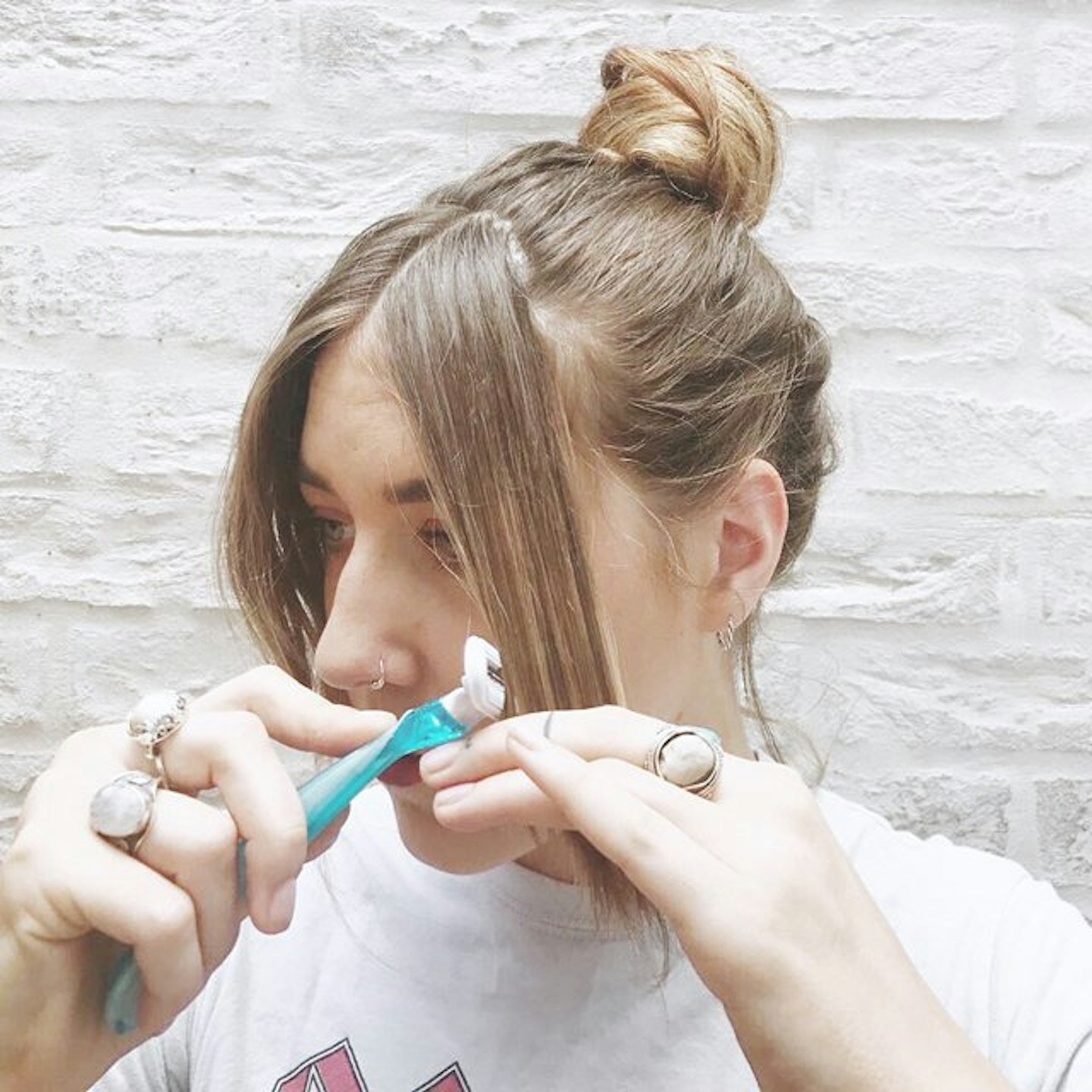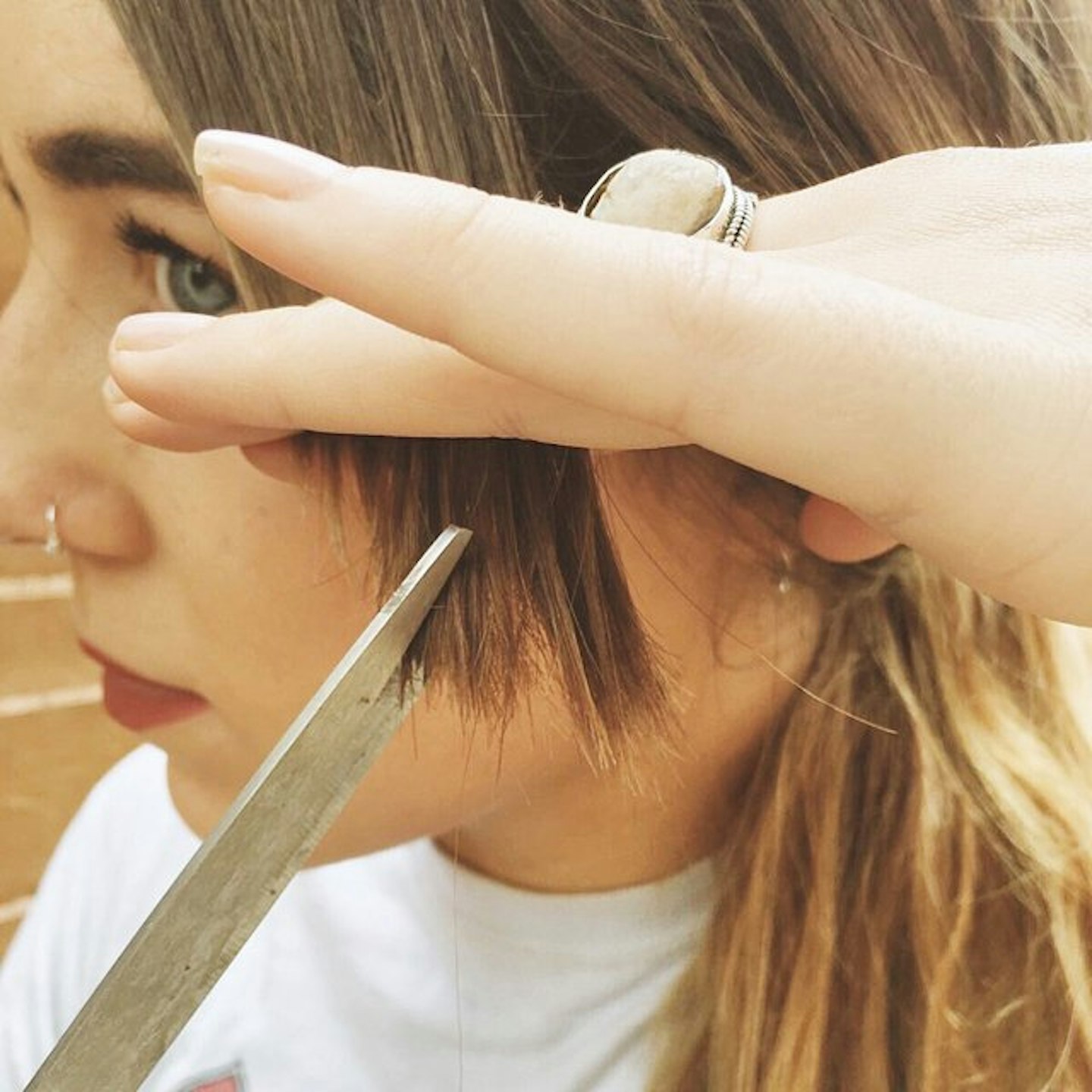Now could be as good a time as any to experiment with a fringe.
Especially if said fringe is a style you’ve always wanted to try but not been brave enough to actually do.
Just think - if it doesn’t go quite right, or you’re not happy with the results, you have the next few months to grow it back out without the issue of anyone seeing it. (At least, in real life)
And whilst the preferred option would always be to leave your hair in the hands of the pros, there are so many video tutorials and easy techniques that make cutting a fringe at home a viable option.
Trust us, writer Gina Martin even shows us with step by step photographic evidence.
Everything you need to cut your fringe at home:
While we may receive commission for purchases made through our links, we never allow this to influence product selections.
How to cut your hair at home
 1 of 4
1 of 4Hairdressing Scissors
For a professional cut from the comfort of your home, invest in these powerful, sharp blades. These sturdy scissors give you complete control for precise cutting.
 2 of 4
2 of 4Anself Pintail Comb
A tail comb is the perfect tool to section hair before cutting. Simply run the point down the centre of your head (or wherever you want to part the hair) and voila – a super straight parting.
 3 of 4
3 of 4LilySilk 100% Pure Silk Scrunchie
If you're cutting a fringe, it's best to keep the rest of your hair out of the way to avoid and accidental snips. We love this super soft slip scrunchies which doesn't pull or snag strands.
 4 of 4
4 of 4Gillette Venus Extra Smooth Swirl
If you want to follow Gina's razor technique to soften the edges of your freshly cut fringe - get yourself a Gillette razor.
Here's Gina Martin's step by step guide and three (tried and tested) DIY techniques to cut your own fringe from home :
Disclaimer: I am not a hairdresser. If you are, you should probably close this tab right now because by God are you going to be annoyed and disappointed. These are not professional techniques, but they do work.
Section Your Hair
If you’re starting from scratch (AKA don’t have a fringe) you’re going to need to section your hair. First, you should wet your hair to make it easier to cut, and so that you can see the length clearly. Next, find your parting by combing all your hair back (like you’re doing a slicked back wet look a la Gigi Hadid) while simultaneously push the hair on the crown of your head forwards. Though you’ll find your hair falls to wherever your natural parting is you want to make a middle parting.
TIP: If you’re doing your this in a mirror, take a picture – you’ll be surprised how wonky your parting is it even if it looks perfect in the mirror.

Time To Start Creating That Fringe
It is important to note that the further back the peak of your parted hair is the thicker your fringe will be. I suggest starting fairly shallow – just over an inch from your hairline should be enough for a thin fringe – as you can always make it thicker later by taking more hair from the back. Once you’ve decided on the thickness of your fringe, part the hair currently hanging over your face on both sides from that middle point to your side burns. Then, tie the rest of your hair back.

The Twist and Cut
This technique is only for full or side-swept fringes. I saw it on YouTube a few years ago and never looked back. Simply, take the section of your hair that you prepared, twist it one full turn to the right, hold with two fingers and cut across. Ta-da.
TIP: Because your hair is twisted it’s hard to see how long your fringe will be, so always cut it a third longer than you want, then neaten up the shape created with the techniques below.

The Razor Technique
Never, ever cut your fringe dead straight across. It’s what nightmares are made of. For a more natural feel, you need a slightly jagged edge and slicing with a razor makes this relatively easy to create. Hold your tool vertically against the inner edge of your fringe and drag it down the hair going ever-so-slightly back and forth. Cutting with a razor means you can remove weight at the same time so that it looks a little softer. Britney use to do this for her killer noughties fringe and anything Britney did circa 2005, we should do (apart from the 1,000 push ups a day, obvs).
TIP: For side bangs or a full fringe, a good guide is that the shortest part should be hitting the bottom of your eyebrows and the longest part should be around the top of your ears.


The Pointy-End-Of-The-Scissors-Thing
If you’ve cut your fringe and you’re all ‘OH GOD, I LOOK LIKE I HAVE A PIECE OF HAM STAPLED TO MY FOREHEAD’ it’s probably too blunt. Don’t fear, just spend a while putting this technique into practice. With your scissors facing (almost) horizontally and only slicing around half a centimetre into the ends, cut little slices from the bottom all the way along until the thick edges are dispersed, and the slope is even.
TIP: Use this technique if you’re trimming your fringe, it won’t change the shape and will keep the edges light.

Thinning hair (The Good Kind)
If you’re lucky enough to own a pair of thinning scissors, dragging them through the bottom third of your fringe will take the weight out of the bottom and make it infinitely less maintenance. You can buy these at House Of Fraser for £8.99 and believe me, it makes cutting any fringe 758,987 times easier.
So there you have it, three techniques that will help you create a light or heavy natural fringe. You’re welcome.

